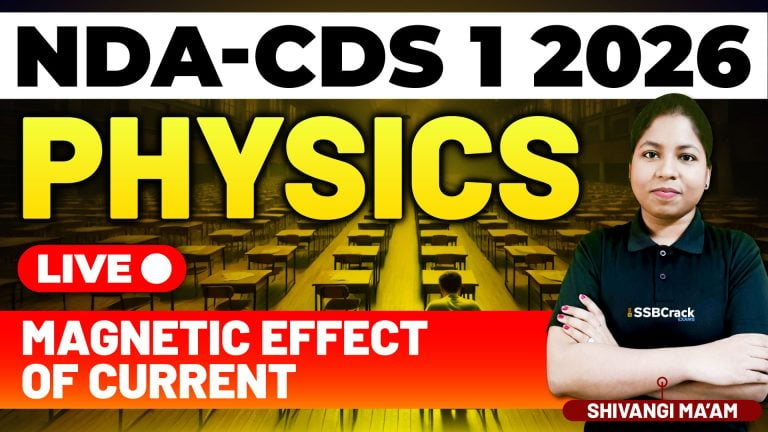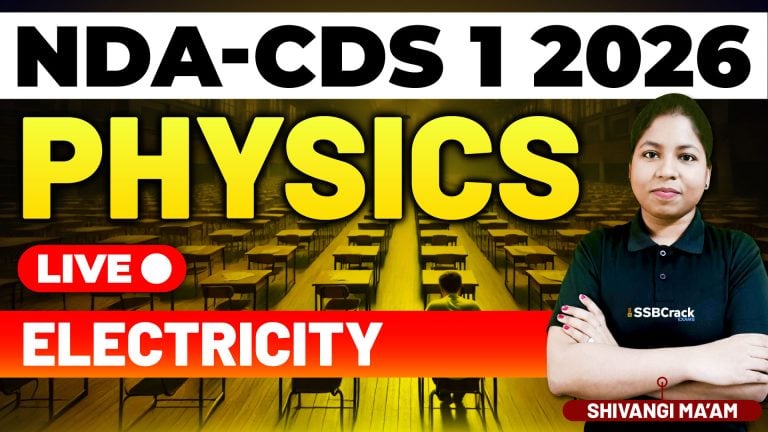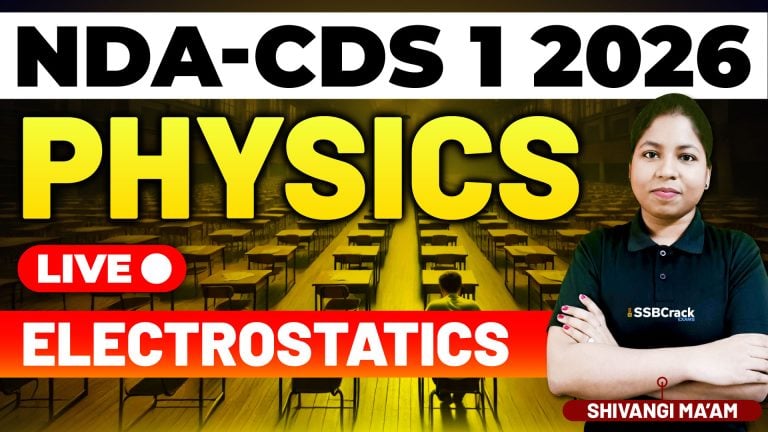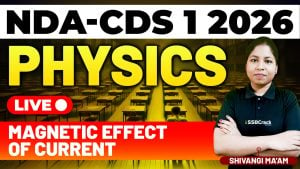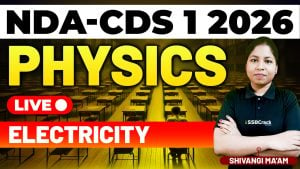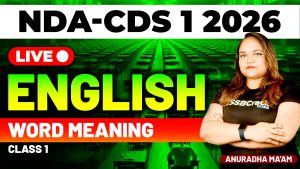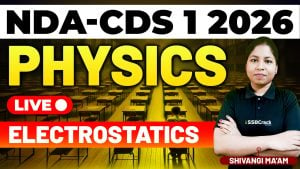Welcome to another preparatory session for the NDA & CDS 1 2024 Exam, where we’ll focus on revising crucial concepts in system of particles and rotational motion. This class delves into fundamental topics such as center of mass, translation and rotation motion, moment of inertia, torque, angular momentum, conservation of angular momentum, rotational energy, rolling motion, and more. Through Multiple Choice Questions (MCQs), we’ll reinforce our understanding and ensure readiness for the exam. Let’s dive into these important concepts!
Understanding Center of Mass
The center of mass is the point where the entire mass of an object or system can be assumed to be concentrated. Key points about the center of mass include:
- It is the point around which the object or system behaves as if all its mass were concentrated.
- The center of mass may lie within the object, at the surface, or even outside the object.
Exploring Translation and Rotation Motion
Translation motion refers to the motion of an object where all points move in parallel paths. Rotation motion involves the circular motion of an object around an axis. Key points about translation and rotation motion include:
- Translation motion can be described using linear velocity and acceleration.
- Rotation motion can be described using angular velocity and acceleration.
Investigating Moment of Inertia
The moment of inertia is a measure of an object’s resistance to rotational motion about a specific axis. Key points about moment of inertia include:
- It depends on the mass and distribution of mass relative to the axis of rotation.
- Objects with larger moment of inertia require more torque to produce the same angular acceleration.
Understanding Torque and Angular Momentum
Torque is the rotational equivalent of force and is the product of force and the distance from the axis of rotation. Angular momentum is a measure of an object’s rotational motion and is the product of moment of inertia and angular velocity.
Conservation of Angular Momentum
The principle of conservation of angular momentum states that the total angular momentum of a system remains constant if no external torques act on the system. This principle is analogous to the conservation of linear momentum.
Exploring Rotational Energy and Rolling Motion
Rotational energy is the energy associated with the rotation of an object and is calculated as the product of the moment of inertia and angular velocity squared. Rolling motion involves the combined translation and rotation of an object along a surface without slipping.
Conclusion
In this class, we’ve explored fundamental concepts in system of particles and rotational motion, crucial for success in the NDA & CDS 1 2024 Exam. Mastering these concepts is essential, as they form the basis of various phenomena in physics. Keep practicing, stay focused, and approach the exam with confidence!

